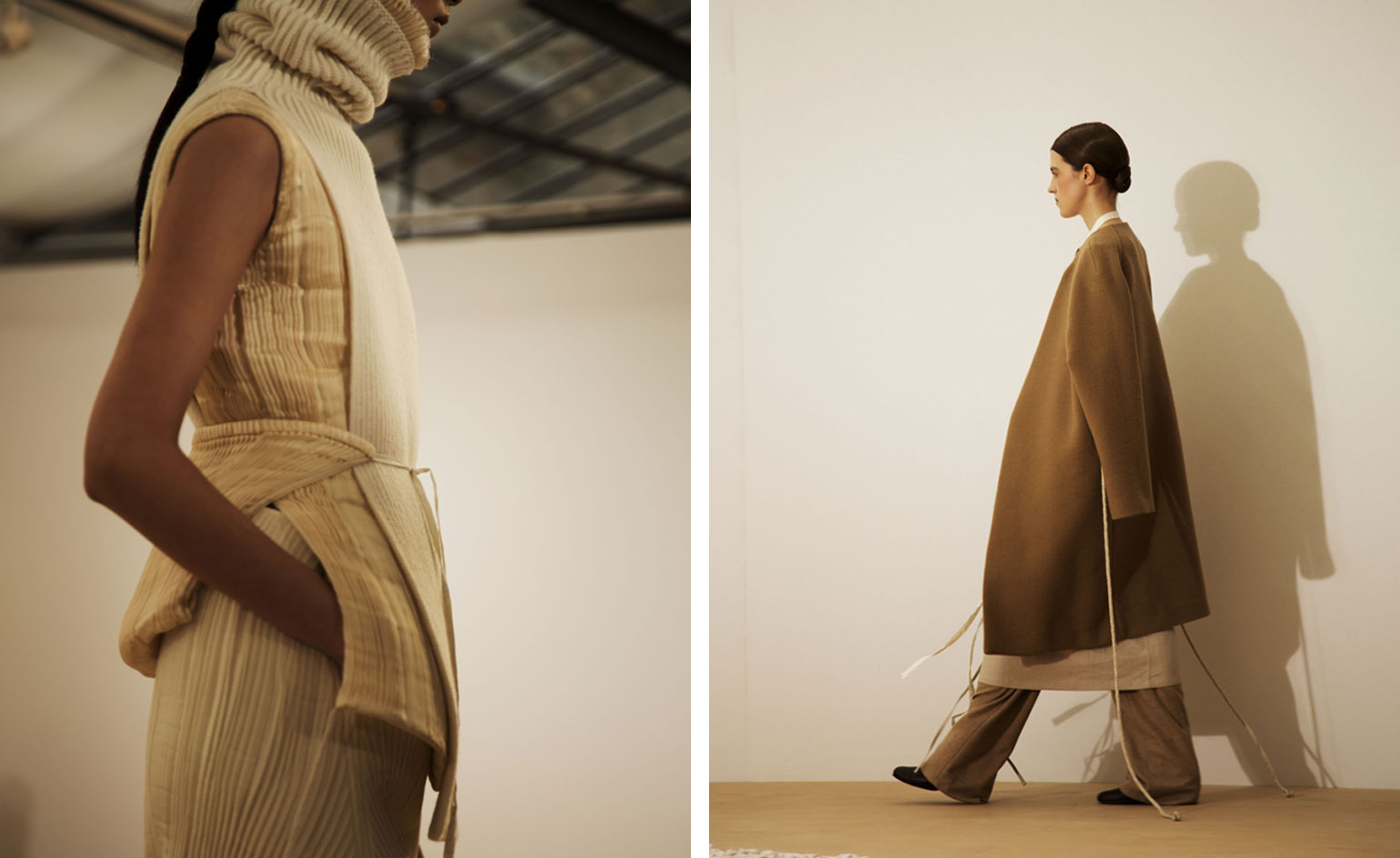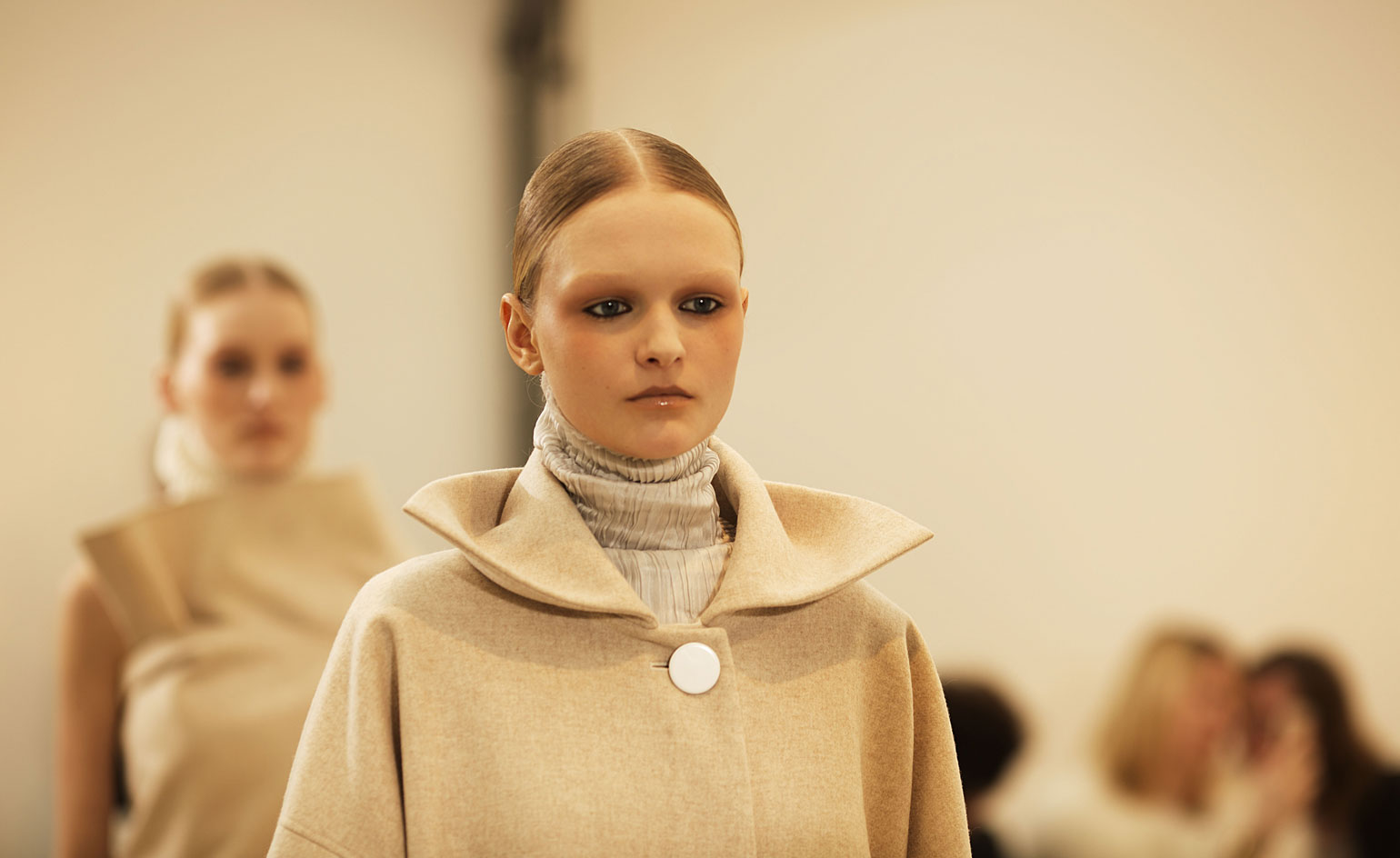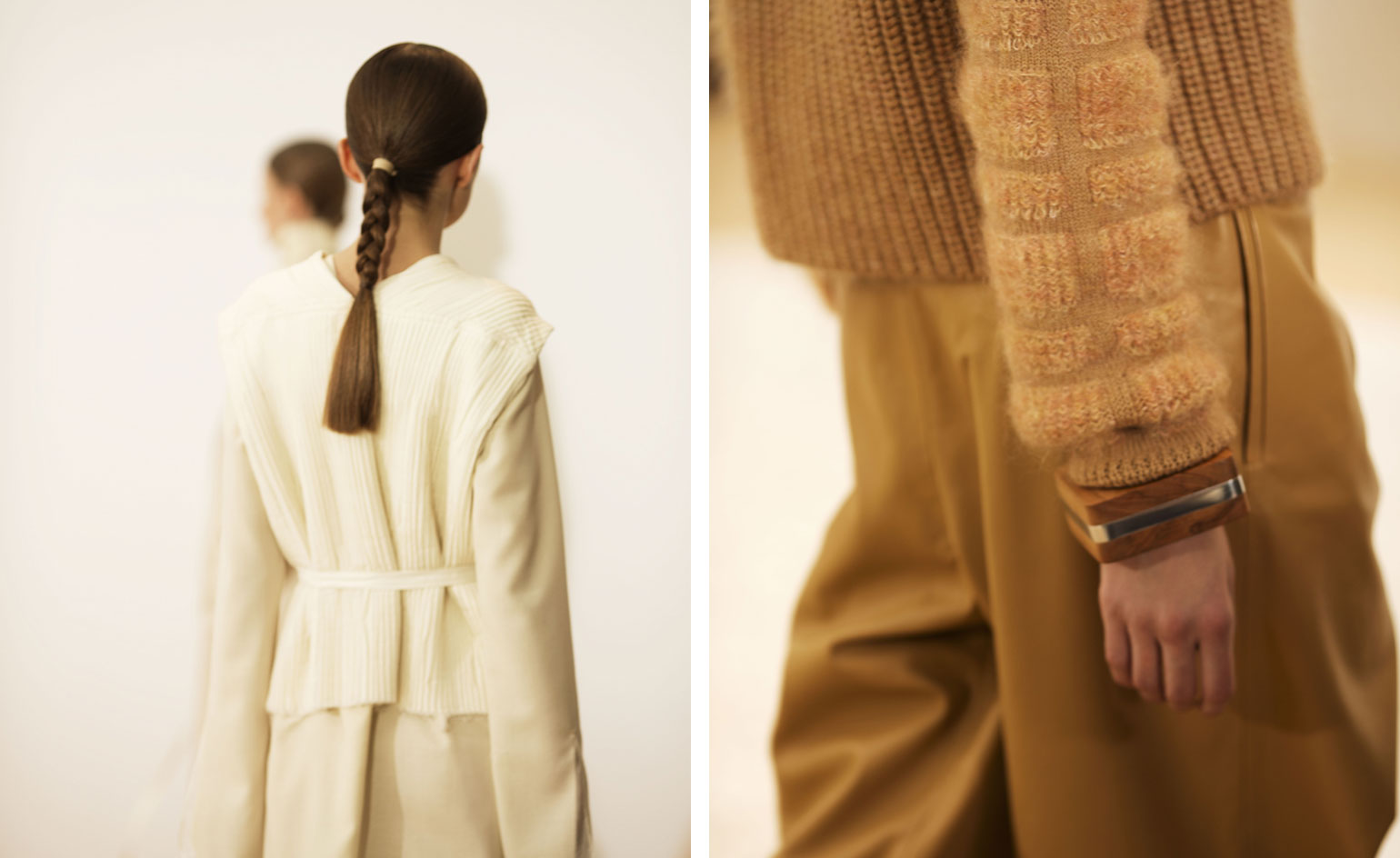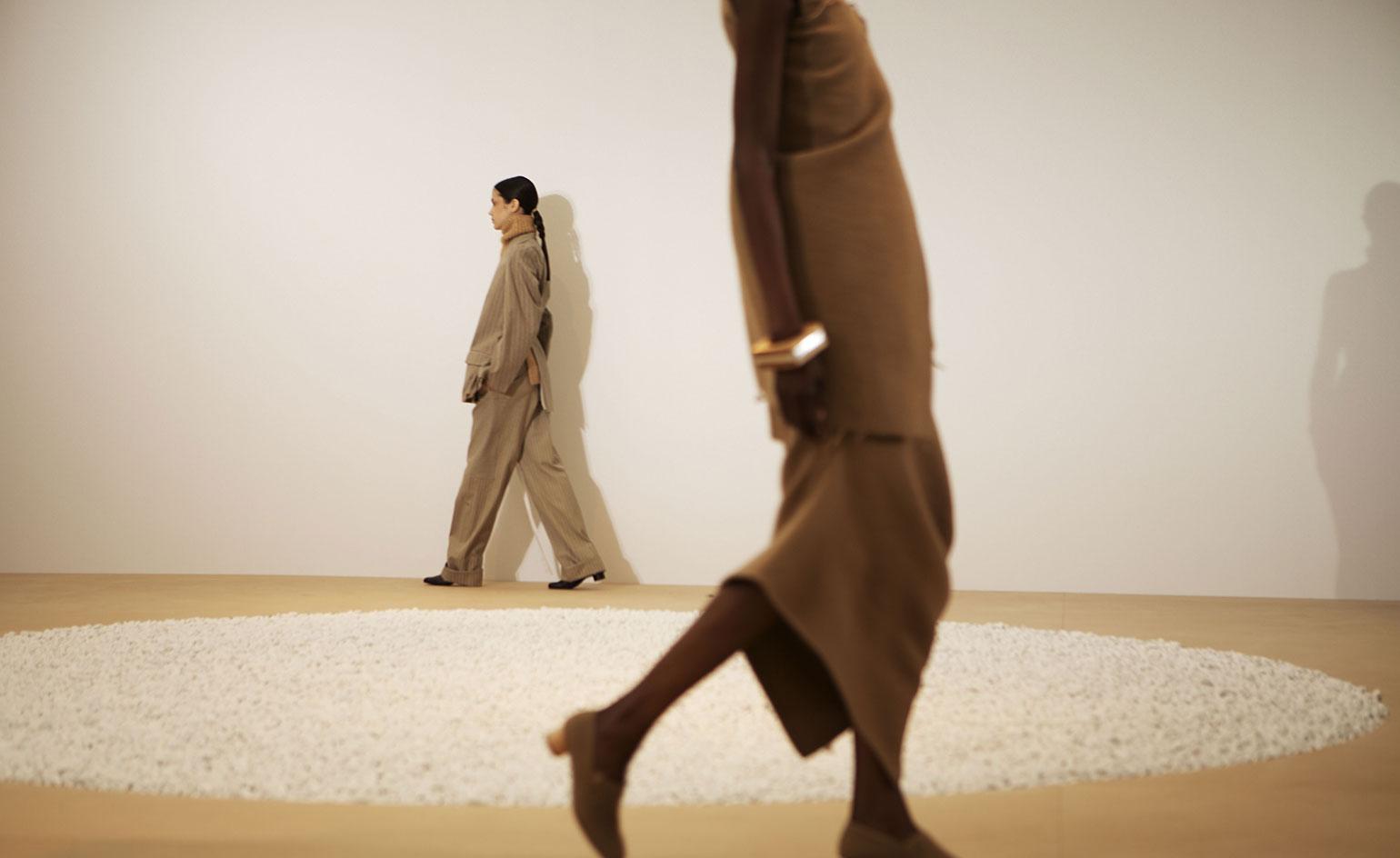The rebirth of Eastern European fashion house Nehera

Over the last few years, it has become fashionable to reinvigorate sleepy fashion houses; note the success of Carven, Delpozo, and, of course, Céline. Unlike those former couture designers, Jan Nehera was a Czechoslovakian entrepreneur renowned for his garment manufacturing in the first half of the 20th century. He opened over 130 fashion stores throughout Europe, Russia, USA and Northern and South Africa in the thirties before the developments of WWII halted business.
Skip to 1998, and the forgotten name, Nehera, was acquired by Ladislav Zdut, an expert in marketing and brand management. He got Samuel Drira in 2014 to run the creative side and reposition the name in the luxury sector. Drira, a French stylist and creative consultant who has worked with top tier luxury brands including Hermès, The Row and Christophe Lemaire, is also founder and editor of the Parisian magazine Encens, which portrays and discusses fashion as an art form, operating outside of seasonal trends.
Indeed, that's precisely the tack Drira is taking with Nehera. 'The title of the first collection for S/S 2015 was "Blank Canvas"; we had to invent everything from scratch,' he explains. 'We spent two months thinking about the basics; like "What is a white shirt? How should the collar be? The pocket? The cut?" I don't think a designer anymore is someone who just makes a beautiful sketch, that's a cliché, and that's what I learnt from the designers I worked with in the past.'
Drira, who splits his time between Paris and the studio in Bratislava, showed his third Nehera collection for A/W 2015 at Paris fashion week in March. Rather than focusing on individual garments, Drira considers the whole silhouette, taking care to position details like trouser pockets in line with vents in an accompanying jacket or shirt. 'The shape of a comma provided the framework the silhouette. The finished look had a very narrow shoulder; there were elongated jackets with a big slit on the back so you can tie it and keep some volume.'
The benefit of reinvigorating an under-the-radar brand means Drira can design without the shackles of history or an extensive archive. 'It's not like working for a designer like Yves Saint Laurent,' he readily admits. But, he is quick to point out, original founder Jan Nehera was a visionary in his own right. 'If you look back into history, around Prague and Vienna, which Bratislava is very close to, everybody was obsessed by the future and its optimism. In the painting and the literature [of the time] you see that, and Jan Nehera introduced something that had not been seen before; that was ready to wear. This is very inspiring somehow because he jumped into the unknown and it was an adventure, it wasn't just a business.'

Drira seeks inspiration in older and established women; evident in his casting of Seventies muse to Yves Saint Laurent, Violetta Sanchez, who opened the A/W 2015 show. 'The design process began with a picture of Loulou de la Falaise on my mood board, but it wasn't a usual picture of her, showing her in a fantasy. She was wearing just a simple tube dress. I'm very inspired by this moment where women are "in between" an enigma.'

'I like when you don't see the social status of someone in their clothes. If [I] use cashmere, for example, it might be used like a rough wool. Very expensive fabric that doesn't look expensive at the first view; I think it's more elegant like that.'

Many of the garments are produced in Italy and Slovakia, some in the original factories used by Jan Nehera.

'There are some very good factories in Slovakia who produce things for Prada and brands like that, which I never knew about. These factories are very proud to produce something that is made in their own town. They are people who liked to be challenged and I didn't expect that at all.'
Wallpaper* Newsletter
Receive our daily digest of inspiration, escapism and design stories from around the world direct to your inbox.
Tilly is a British writer, editor and digital consultant based in New York, covering luxury fashion, jewellery, design, culture, art, travel, wellness and more. An alumna of Central Saint Martins, she is Contributing Editor for Wallpaper* and has interviewed a cross section of design legends including Sir David Adjaye, Samuel Ross, Pamela Shamshiri and Piet Oudolf for the magazine.
-
 Maserati joins forces with Giorgetti for a turbo-charged relationship
Maserati joins forces with Giorgetti for a turbo-charged relationshipAnnouncing their marriage during Milan Design Week, the brands unveiled a collection, a car and a long term commitment
By Hugo Macdonald
-
 Through an innovative new training program, Poltrona Frau aims to safeguard Italian craft
Through an innovative new training program, Poltrona Frau aims to safeguard Italian craftThe heritage furniture manufacturer is training a new generation of leather artisans
By Cristina Kiran Piotti
-
 Wallpaper* checks in at The Eve Hotel Sydney: a lush urban escape
Wallpaper* checks in at The Eve Hotel Sydney: a lush urban escapeA new Sydney hotel makes a bold and biophilic addition to a buzzing neighbourhood that’s on the up
By Kee Foong